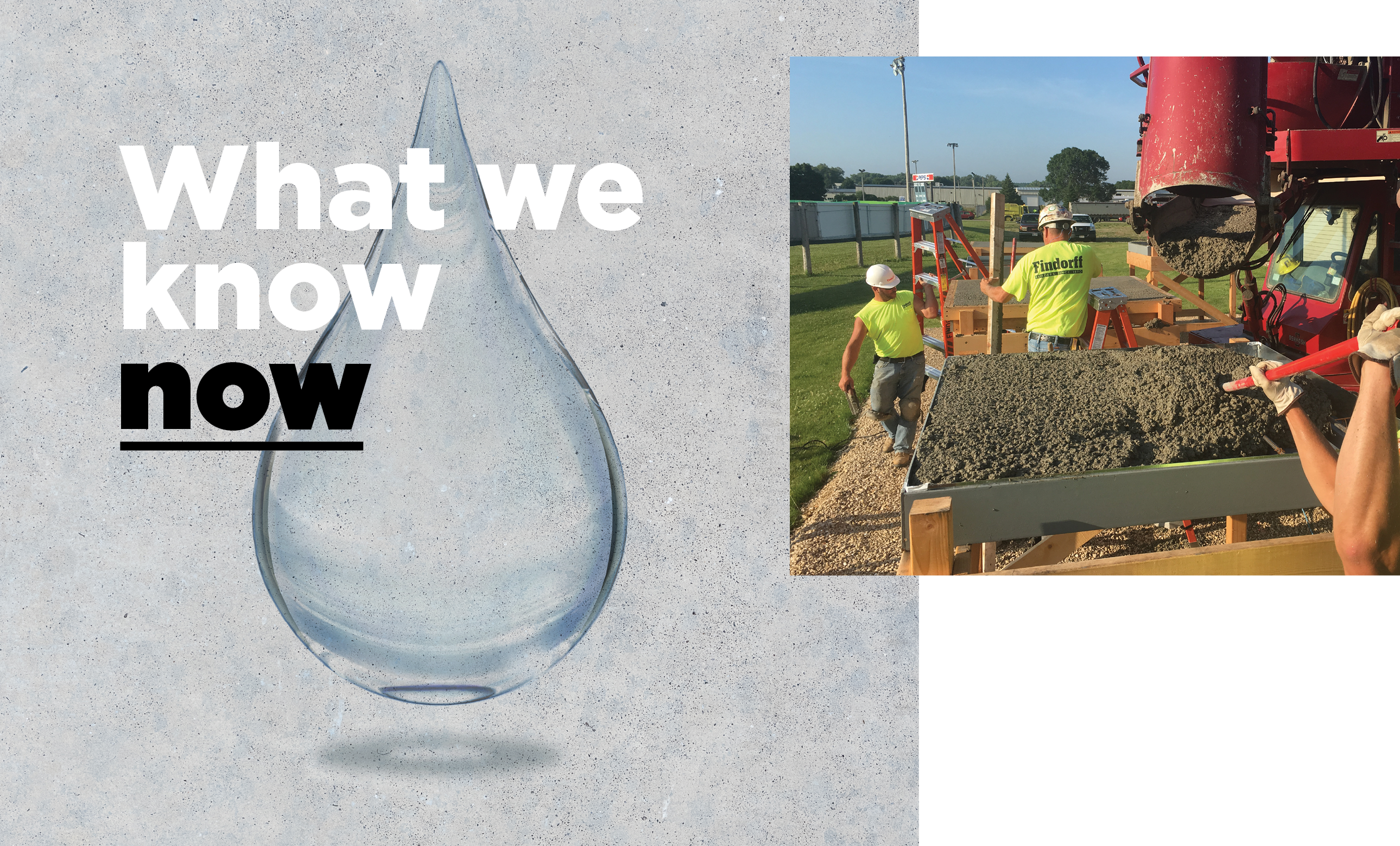As the roofing industry continues to evolve during the next decade, I see five trends that are changing how roof systems are sold and installed, the products that are installed, and how roofing professionals interact with homeowners and building owners.
Trend one: extreme weather
Weather affects roof system performance, and the weather is becoming more extreme.
In fall 2012, Hurricane Sandy made landfall in the Northeastern U.S. The storm was the strongest and most destructive of that season, hitting heavily populated areas and causing nearly $70 billion in damage, according to the U.S. National Hurricane Center.
I remember it well because my grandparents were in the storm’s path. Fortunately, the hurricane did not destroy their home, but water came in through the roof and caused severe damage to the home’s interior, including drywall and the structure itself. Their electronics, furniture and other possessions also were damaged or destroyed because the roof could not hold back the water.
To a lesser but still destructive degree, the kind of weather found in Hurricane Sandy and other hurricanes is becoming more common, severe and widespread across most of North America, according to data from the National Oceanic and Atmospheric Administration. Specifically, high winds now are occurring much farther inland.
By itself, heavy rains pose minimal threat to roof systems. But wind has a way of getting underneath shingles and other roof coverings, potentially exposing a roof deck to water. If winds are strong enough, they easily can tear off individual shingles or even entire sections of shingles, making it easy for water to cause damage.
High-wind events no longer are limited to hurricane-prone areas, so homes and buildings in areas not used to high-wind events may be subject to damage from bad weather. Areas in the Midwest accustomed to severe storms and occasional tornadoes are experiencing more frequent instances of high winds. There are few places in North America that don’t experience high winds that can cause damage to roof systems.
Of course, high winds aren’t the only kind of weather event that can affect a roof system’s performance. Regional weather differences remain a factor in several geographical areas.
Extreme heat and sun in the Southwest and Southeast can shorten a roof system’s lifespan. In northern areas, heavy snow followed by warmer temperatures causes cycles of melting and freezing, leading to ice dams that can wreak havoc on roof systems and cause water infiltration. Heavy hail, common across much of the central U.S. and Canada, can damage roof systems and allow water to gain entry to homes and buildings.
Trend two: insurance standards
As weather patterns across North America continue to change, more people and more homes and buildings are affected. As a result, insurance companies are exerting their influence on how often roof systems are replaced, the types of roofing products installed and how the roofing products are installed.
For example, in Florida, where high winds often are experienced, homeowners and building owners whose roof systems are 15 years old or older might face higher insurance premiums or be denied coverage.
Having a financial interest in the quality and resiliency of the homes and buildings they cover, insurance companies also are incentivizing homeowners, building owners and contractors to install better, high-quality roof systems. By making it more attractive to use better products and installation methods, insurance companies stand to have fewer insurance claims.
In response to increasing damage to homes resulting from natural disasters, the Insurance Institute for Business & Home Safety® developed the FORTIFIED Home™ program to offer better protection and assistance to homeowners while reducing widespread insurance claims.
The program has a specific set of roof design and construction standards stronger than many local building code requirements for new homes and roof system replacements. The program also includes rigorous quality-control methods.
By developing standards and incentivizing contractors and homeowners to follow them, IBHS is working toward a goal of elevating the quality of roof system installations across the U.S.
As a trend in 2020 and beyond, you can expect to see IBHS standards and others like them become more common throughout the U.S. and Canada as roofing contractors make them part of their businesses.
Trend three: building codes
In addition to changing insurance standards, building codes are adapting to severe weather events.
Looking to protect citizens from damage to their homes and buildings, state and local governments are incentivizing more robust, weather-resistant and efficient roof systems. Building code requirements in South Florida, specifically Miami-Dade and Broward counties, have long mandated roof systems that stand up to high winds.
Building codes also are mandating more efficient roofing materials. California’s Title 24, Part 6 building-efficiency standards require solar-reflective shingles to help minimize homes’ energy use. California also offers rebates to homeowners and incentives to building owners who install cool roof shingles.
Trend four: innovative products
With insurance companies incentivizing high-performing roof systems and state and local governments mandating them, the demand for products that meet these new standards never has been higher. Standard roofing materials that offer minimum required protection no longer are good enough.
Roofing product manufacturers are responding with products that offer more options such as wind-resistant, impact-resistant and heat-reflective shingles, helping contractors meet demand.
IKO Industries Inc., Kankakee, Ill., has taken a proactive approach to developing products that will perform in the harshest conditions. The company has been monitoring weather patterns and developing and testing new products. As a result, IKO developed shingles with a reinforced nailing zone to help prevent wind from getting underneath the shingles and pulling through the nails so the shingles stay put during high, sustained winds. The company also has shifted its manufacturing and distribution to make products available in regions where they’re needed.
In 2020 and beyond, manufacturers will continue to develop new products that give contractors the ability to offer greater protection to their customers.
Trend five: informed consumers
The most powerful trend in the roofing industry is one that’s shaping nearly every industry: Consumers are more informed than ever.
For generations, the process of buying and selling roof systems was largely the same. Homeowners and building owners, with little knowledge of roofing products and even less interest in them, relied on contractors. In truth, they bought the contractor—not the material brand—choosing contractors based on reputation, referrals, and the occasional well-placed radio or local TV ad.
Those days are gone. Consumers now are better informed, savvier and more skeptical. Between unending information on the internet, online reviews, social media referrals and a constant slate of home-improvement TV programs, consumers have access to more information than ever. Throw in the changing weather patterns, and it makes for an interesting mix.
Without the weather, many homeowners and building owners may not care to be savvy roof shoppers. A new roof system is not something people want to buy. They do it because they have to at least once or twice in their lifetimes.
But they constantly are barraged with information from multiple devices every waking minute of their lives. They can’t help but become more informed about things like weather, natural disasters and ways to save money on their insurance.
So when the time comes to replace their roof systems, whether it’s because of leaks or it’s just time, they inform themselves before making a purchasing decision. And they do it with enthusiasm.
After they have thoroughly researched customer reviews and ratings, when homeowners and building owners sit down with roofing contractors for the first time, owners know what they want. They have well-formulated opinions about the product quality and styles they want, and how much they can expect to pay.
They also are getting smarter about high-performance roofing products and installation. More consumers are aware of the financial benefits of choosing certain higher-quality roofing products available in the form of rebates and reduced insurance premiums.
And they’re learning about better installation methods. What once might have been a dull topic to most customers now is interesting.
That is why IBHS so clearly markets the FORTIFIED Home program to homeowners. IBHS knows it will be the driving force behind any change. The organization is educating homeowners and relying on them to seek out contractors who install roof systems in accordance with the FORTIFIED Home program. This will, in turn, lead to widespread adoption of the program.
What consumers are learning is important. Severe weather is affecting more people more frequently and in more places. Consumers will place more demand on roofing contractors to provide the products and installation methods that will protect their homes and buildings when the weather turns bad.
And, of course, they’ll want to keep their homes and buildings looking good when the sun shines.
Always trending
Despite all the changes affecting the roofing industry, there still is one constant: Customers want their roofs to look good.
Initially, the requirements for more high-performance shingles might appear to limit color and style choices. But as these products become the norm, aesthetic options are continuing to increase.
For example, manufacturers are offering a wealth of high-definition colors, giving customers more options to choose products that complement their homes and buildings and differentiate from their neighbors. For customers in areas with cool roof requirements, several color options are available to give them more choices while adhering to cool roof energy standards.
Other manufacturers offer more options in color and style paired with protection and performance, and these options will continue to expand.
Homeowners and building owners will begin to expect any product in any color and style they choose will meet the performance standards they need. And they will keep shopping and researching until they find products that protect their homes and buildings and give them the look they want.
Exceed expectations
This is an interesting time to be in the roofing industry. The changes happening now have never been experienced. For an industry not particularly used to change, it can be a challenge. But for roofing contractors aware of trends driving the industry, they can use the trends to their advantage to exceed their customers’ expectations.
Jack Gottesman is marketing and sales development manager for IKO Industries Inc., Kankakee, Ill.
For a related article, see “Building stronger buildings.”



